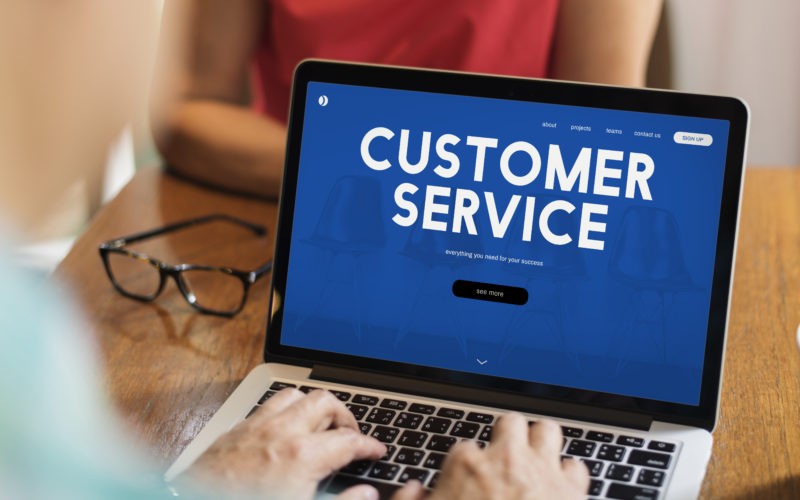In this article, we will share the top 10 strategies for boosting productivity in the workplace. Whether you’re an employee or a manager, these practical and effective methods can help you get more done in less time. We’ll discuss the importance of finding a good work-life balance, managing time effectively, and creating a positive work environment.
We’ll also discuss setting goals, continual improvement processes, and open communication with your team members. By implementing these strategies, you’ll be able to increase your productivity and achieve your goals more efficiently. So, let’s dive in and explore these helpful tips together!
Set Clear Goals and Priorities
Setting clear goals and priorities is crucial for increasing productivity in the workplace. With clear goals, employees may understand what they need to accomplish, which can lead to clarity, wasted time, and reduced motivation. Prioritizing tasks ensures that the most important and urgent tasks are completed first, which can help prevent missed deadlines and avoidable mistakes.
When goals and priorities are clearly defined, employees can focus their time and energy on completing the most important tasks, which leads to greater efficiency and higher quality work. Effective goal-setting and prioritization can help employees stay motivated, engaged, and productive, ultimately leading to better outcomes for both the individual and the organization.
Eliminate Distractions
Eliminating distractions is a key strategy for boosting productivity in the workplace. Distractions such as social media, personal emails, phone notifications, and even idle chit-chat with colleagues can interrupt workflow and make staying focused on important tasks difficult. By eliminating these distractions, employees can better concentrate on their work and complete tasks more efficiently.
Some strategies for eliminating distractions include turning off notifications, closing unnecessary tabs on the computer, using noise-canceling headphones, and setting specific times for checking email and social media. As a result, employees can be more productive and achieve better results in less time by creating a distraction-free environment.
Take Breaks
Taking breaks is an essential strategy for increasing productivity in the workplace. While it may seem absurd, regular breaks throughout the workday can improve focus, concentration, and overall work performance. Research has shown that our brains can only focus on a task for a certain amount of time before losing efficiency and productivity.
Employees can recharge their batteries, reduce stress levels, and return to work feeling refreshed and energized by taking short breaks. Some effective ways to take a break include going for a short walk, stretching, practicing deep breathing or meditation, or simply chatting with a colleague. By incorporating regular breaks into their workday, employees can increase productivity, creativity, and overall job satisfaction.
Delegate Tasks
Delegating tasks is yet another effective strategy for more productivity in the workplace. Delegation involves assigning tasks to other team members with the necessary skills and knowledge to complete them successfully. Employees can focus on their core responsibilities and priorities by delegating tasks while freeing time for other important tasks.
Delegating also helps to distribute the workload more evenly and ensures that all team members are contributing to the success of the project or organization. Additionally, delegating can help develop team members’ skills and knowledge, which can lead to greater job satisfaction and career development.
When delegating, it’s important to communicate expectations, provide adequate training and support, and ensure the delegated tasks align with the team member’s strengths and interests. Employees can increase productivity, efficiency, and overall job satisfaction by delegating tasks effectively.
Use Time-Management Techniques
Using time-management techniques is a valuable strategy for improving productivity in the workplace. Effective time management involves planning and prioritizing tasks, setting deadlines, and allocating time to complete each task. Techniques such as creating to-do lists, using a calendar or planner, and breaking larger projects into smaller, more manageable tasks can help employees stay on track and accomplish more throughout the workday.
Time-management techniques also help reduce stress and overwhelm, as employees clearly understand what they need to complete and when it needs to be done. Additionally, time management can help employees identify areas where they may be spending too much time or energy, allowing them to adjust their approach and increase efficiency.
By incorporating time-management techniques into their daily routine, employees can achieve greater productivity, improved work performance, and a better work-life balance. Effective time management is key to success in the workplace, as it allows employees to achieve their goals and contribute to the organization’s success.
Invest in Professional Development
Online courses offer a flexible and convenient way for employees to learn new skills, expand their knowledge, and improve their expertise in specific fields without disrupting their work schedules. In improving workplace productivity, engaging in the best online courses can be a valuable investment in professional development.
Whether technical skills or soft skills like communication and leadership, online courses can provide employees with the knowledge they need to enhance their work performance and increase their value to the organization. Additionally, investing in professional development can lead to greater job satisfaction, as employees feel empowered and motivated by the opportunity to learn and grow.
Finally, by supporting their employees in accessing the best online courses, employers can foster a culture of continuous learning and development, which ultimately benefits the organization by improving productivity, creativity, and innovation.
Automate Repetitive Tasks
Automating repetitive tasks is an effective strategy for increasing productivity in the workplace. Repetitive tasks, such as data entry, scheduling, or file management, can consume significant time and energy, leaving employees with less time for important and creative work. By using automation tools and software, employees can streamline or eliminate these tasks, allowing them to focus on more valuable and challenging work.
Automation also reduces the likelihood of errors, improving accuracy and better outcomes. In addition, automation can help businesses operate around the clock, with some tasks completed outside of normal business hours. By investing in appropriate software and tools, companies can benefit from increased productivity, accuracy, and employee morale. Ultimately, automating repetitive tasks can help businesses achieve greater success and growth.
Stay Organized
Staying organized is a critical strategy for improving productivity in the workplace. Organized individuals can better manage their time, resources, and priorities, increasing efficiency and effectiveness. One way to stay organized is to use digital tools such as calendars, project management software, and to-do lists, which can help individuals keep track of deadlines, appointments, and tasks. Asana, NotePlan, and Trello are some popular options you may want to consider for this.
Additionally, decluttering and organizing physical workspaces can improve productivity by reducing distractions and improving focus. By keeping their workspaces and digital tools organized, individuals can reduce stress, minimize errors, and increase their overall productivity. In a busy and fast-paced work environment, staying organized can significantly affect an individual’s productivity and success.
Streamline Communication
Streamlining communication is another key strategy we’re talking about. Clear and effective communication is essential for efficient collaboration and the completion of tasks. However, communication channels can often become overwhelming, with emails, phone calls, and instant messages all vying for attention.
One way to streamline communication is to establish clear guidelines for which channels to use for different communication types, such as email for formal requests and instant messaging for quick questions. Additionally, utilizing collaboration tools such as project management software or shared documents can reduce the need for excessive communication by providing a centralized location for important information.
Finally, employees can focus on completing their work and meeting their deadlines by reducing the time and energy spent on managing multiple communication channels. Ultimately, streamlining communication can lead to increased productivity, improved collaboration, and better outcomes for the organization.












